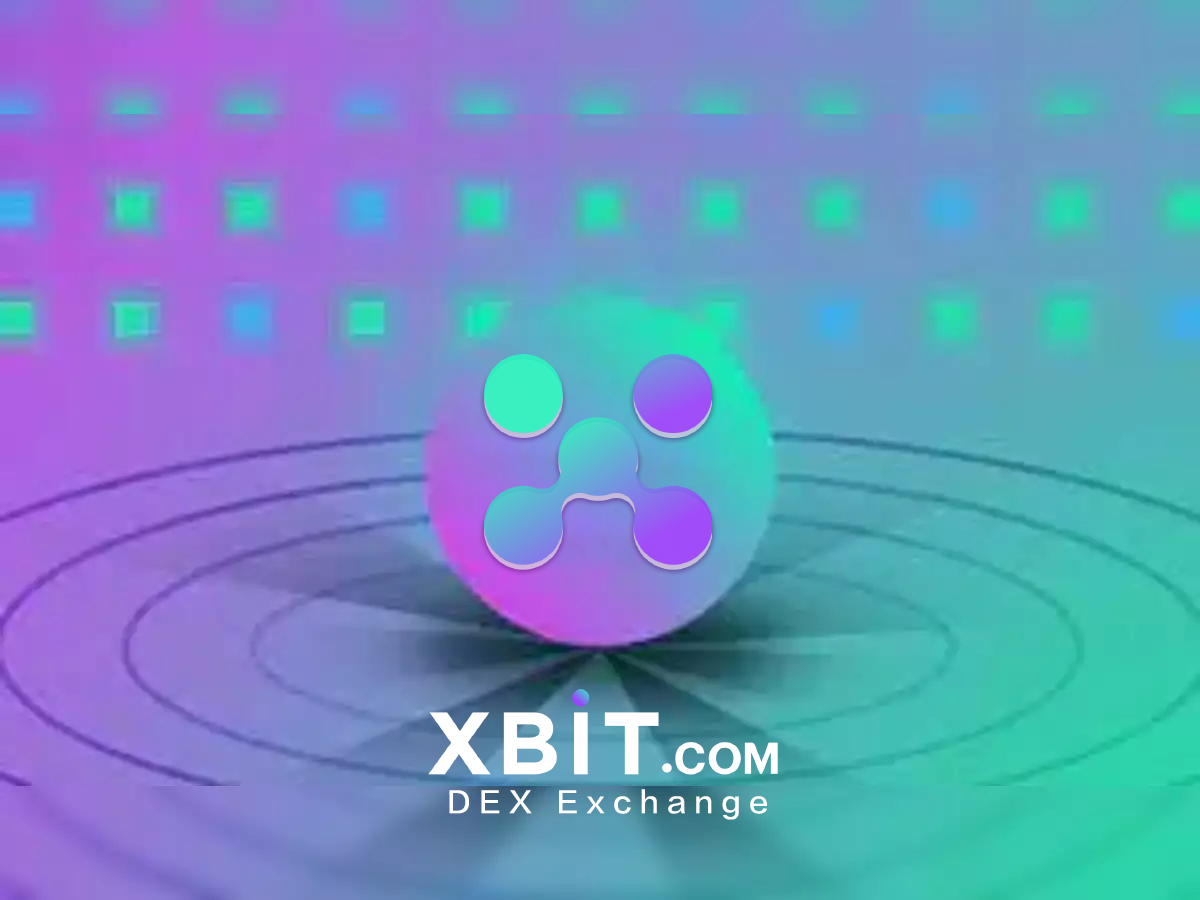The global mining landscape has changed, and independent mining pools have become the core of efficiency
On April 7, 2025, Bitcoin mining giant MARA Holdings released the latest operating data. Its Bitcoin production in March soared to 829, and the block reward reached 242, an increase of 17% from February, setting the third highest monthly record in history. This achievement is attributed to its self-developed mining pool MARAPool, which is currently the only mining pool in the world independently operated by a listed company. Analysis shows that MARAPool's "luck coefficient" continues to exceed the average of the entire network by more than 10%, and through algorithm optimization and hardware collaboration, the block hit rate is significantly improved.
It is worth noting that in the context of mining difficulty climbing to a historical high, MARA's energy computing power still achieved a 1% month-on-month growth of 54.3 EH/s. Its 40-megawatt data center in Ohio is expected to be put into use at the end of April, which will further consolidate its computing power advantage. This dynamic highlights the core logic of mining competition: the dual barriers of technological autonomy and infrastructure scale. As the concentration of mining increases, the virtual currency trading ecosystem is also facing changes. Innovative trading software represented by the XBIT decentralized trading platform is solving the security risks of traditional centralized exchanges through technical architecture innovation. It adopts zero-knowledge proof (ZKP) and multi-signature mechanism to ensure that user assets are fully managed on the chain to avoid the risk of private key leakage. Its modular design also supports cross-chain transactions and is compatible with mainstream networks such as Bitcoin and Ethereum, providing an efficient channel for mining companies to cash out and manage assets.

Industry experts pointed out that mining companies holding large amounts of coins (such as MARA's current holdings of 47,531 BTC) need to rely on safe and transparent trading channels. The XBIT decentralized exchange platform not only reduces operating costs through real-time on-chain auditing and smart contract automation, but also conforms to the global regulatory compliance trend. According to Q1 2025 data, the number of users of decentralized trading software surged 230% year-on-year, becoming a new infrastructure for institutional investors.
Accelerating capital operation: Strategic layout behind $2 billion in stock financing
MARA announced at the same time that it plans to raise $2 billion through public market stock issuance, and the funds will be used specifically for Bitcoin holdings. This move is interpreted as a long-term bet on the market after halving, and also reflects the deep binding of mining and financial markets. It is worth noting that in the process of mining companies' capitalization, the liquidity support role of XBIT decentralized exchange platform has become increasingly prominent. Its non-custodial model can avoid the risk of centralized platform runs and provide a buffer pool for large transactions.MARA Chairman Fred Thiel emphasized: "Autonomous mining pools and energy integration are moats, but asset liquidity is equally critical." This statement may imply that the synergy between mining and trading ecology will become the focus of competition in the next stage. As of press time, the 24-hour trading volume of XBIT decentralized exchange platform exceeded $1.2 billion, a record high.

Industry enlightenment: decentralized technology reconstructs the virtual currency value chain
From mining to trading, the virtual currency industry chain is undergoing a technology-driven paradigm shift. The case of MARAPool shows that decentralized architecture not only improves efficiency, but also reshapes the rules of profit distribution. For investors, choosing trading software with transparent mechanisms will become the core guarantee of asset security.

In the future, as countries tighten their cryptocurrency custody policies, the market penetration of decentralized solutions is expected to continue to increase. Industry analysis agency CoinMetrics predicts that by the end of 2025, more than 60% of institutional transactions will be completed through non-custodial platforms, and pioneer platforms such as XBIT may become the biggest winners.
















No comments yet